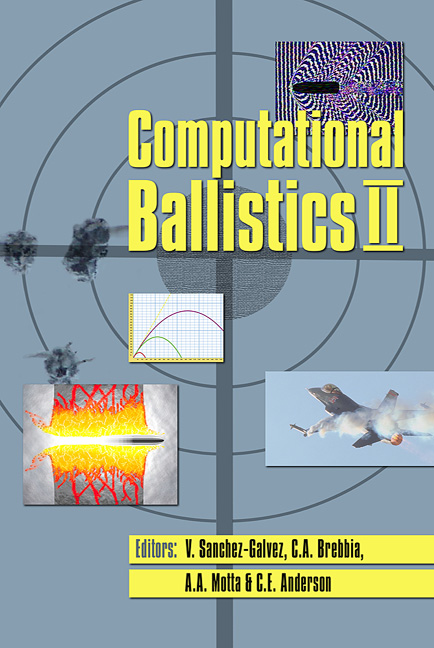Minimisation Of Accelerations During Load Ejection
Price
Free (open access)
Transaction
Volume
40
Pages
8
Published
2005
Size
366 kb
Paper DOI
10.2495/CBAL050251
Copyright
WIT Press
Author(s)
E. A. Brizuela & G. Trinidad
Abstract
Some ordnance loads such as underwater sensors or flying decoys are acceleration-sensitive, and it would be desirable to tailor the ejection so as to achieve the desired kinetic energy at the muzzle whilst minimising the peak acceleration of the load. This paper looks at the consequences for the load of different time histories of pressurising the combustion chamber or cartridge, given a desired muzzle velocity. Four different cases are examined: adiabatic and polytropic expansion of the combustion gases, constant pressure combustion and a case of rising pressure combustion. An interesting result is that for the adiabatic case (very fast propellant burning) there is a combustion chamber length which minimises peak acceleration, a length which does not necessarily coincide with that of the propellant charge. Slow propellant burning (near constant pressure) is shown to be optimal in regards to minimising accelerations; it also maximises barrel usage. Keywords: ordnance, ejection, acceleration. 1 Introduction Some ordnance loads such as underwater sensors or flying decoys are acceleration-sensitive, and it would be desirable to tailor the ejection so as to achieve the desired kinetic energy at the muzzle whilst minimising the peak acceleration of the load. Whereas for the usual ordnance loads the speed at which the propellant burns and the volume of the combustion chamber or cartridge are dictated purely by
Keywords
ordnance, ejection, acceleration.




